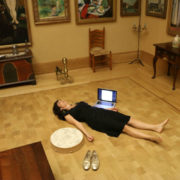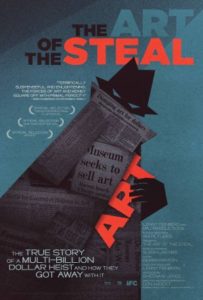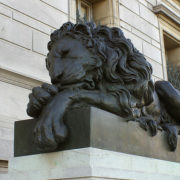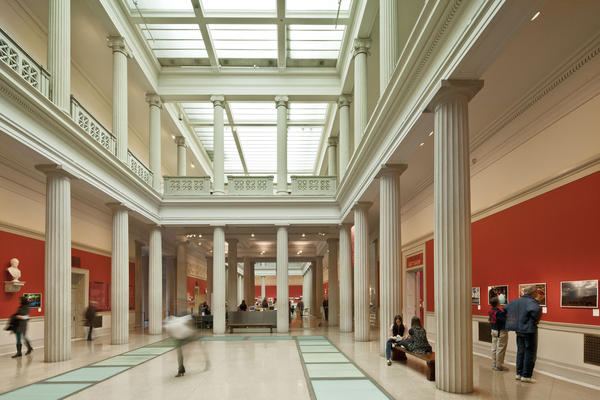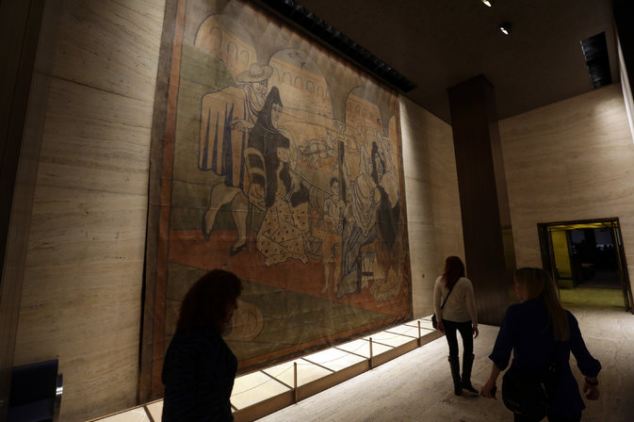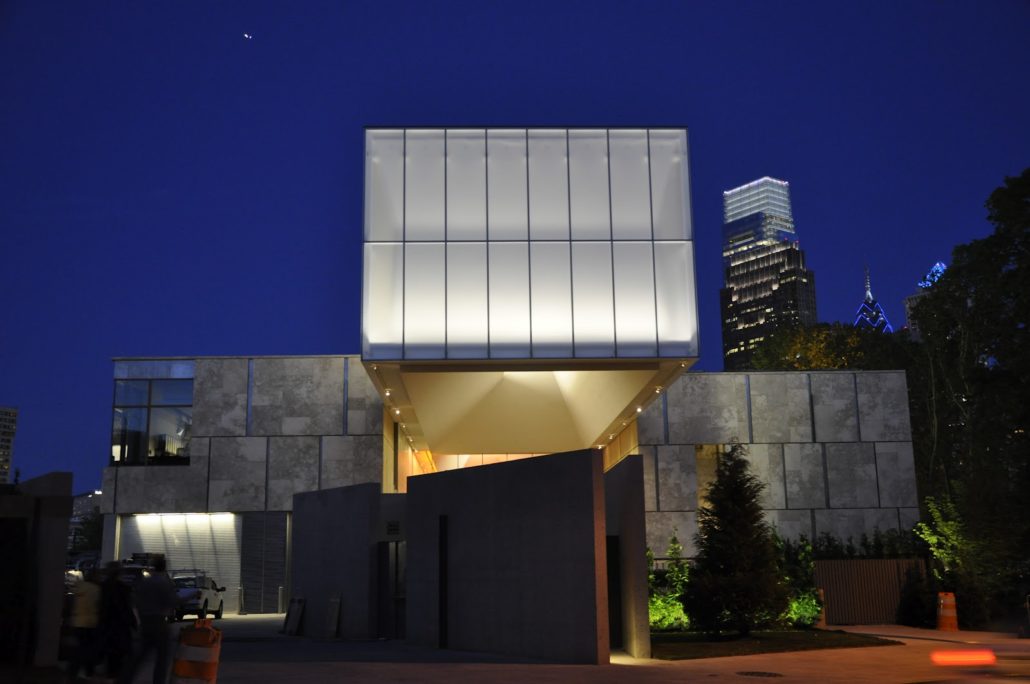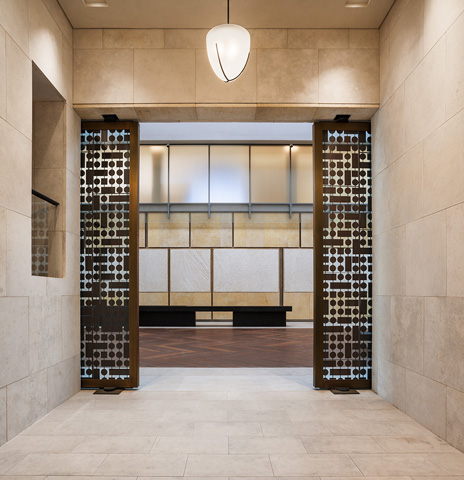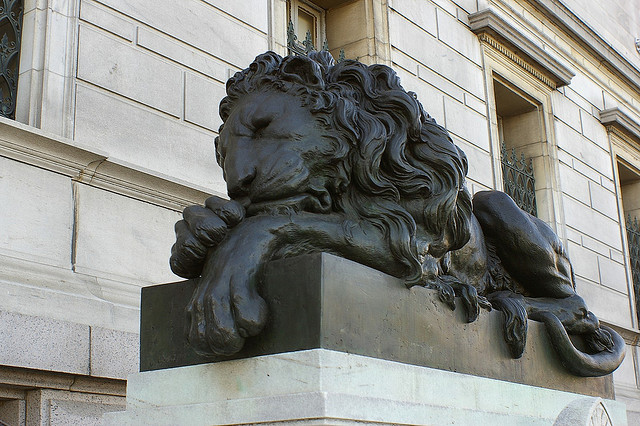Doing Over Barnes: Is Shaman Drumming Necessary to Connect with Art?
Ruth Osborne
If one is to visit the Barnes Collection in Philadelphia (for the story on its relocation from the original Barnes home in Merion, PA, see here and here), between now and February 19th, one would find something interrupting its experience of the art in this immense and extraordinary collection: shaman drumming and poems to stream on your smartphone as you walk through the galleries.
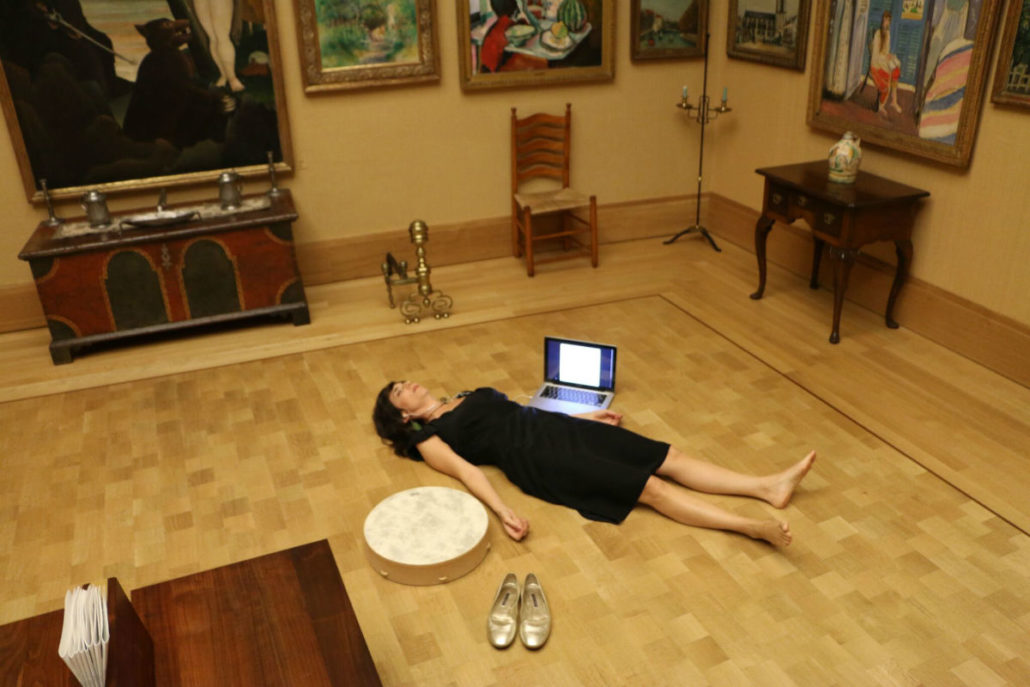
Hornick working on “Unbounded Histories”: Ensemble view, Room 23, Barnes Foundation, 2012. Courtesy: The Barnes Foundation.
Painter and sound artist Andrea Hornick is being hosted at the Barnes for an artist’s project, a series of performance programs called “Unbounded Stories”, described on their website as “a sound intervention”:
Why might the Barnes feel the need to promote another “new way” to encounter the artworks? Why not just let the original collector himself, Albert C. Barnes, whose own meticulously arranged presentations are maintained to this day at their new home in Philadelphia, speak to the viewer? Or, why not take note from Barnes and allow the works to speak for themselves to arrange them in one’s mind?
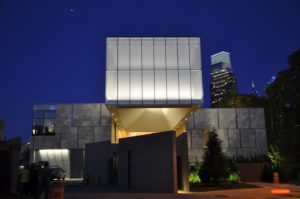
Barnes Foundation exterior 2012.
We would encourage readers to think critically before a museum or gallery with a program like this meant to enhance and offer new alternative narratives the art. Sometimes art is just art. And while each individual’s response to an artwork is valuable in and of itself, think before you add someone else’s story into the mix and try and force yourself to dig deeper where there may not be much more to dig. The works at the Barnes were purchased, collected, and hung according to how the owner viewed their aesthetic relationships to each other. Is this not enough of a suggested lens for visitors today to use to view the works? Was Barnes not already providing an extremely unique – and yet simultaneously open for others’ further interpretation – experience for whoever walked through the galleries? Is not the program itself is simply forcing upon the viewer something akin to what Barnes – the one who brought all these works together in the first place – was already doing in his home before all was disrupted by the powers that be in Philadelphia – who had no personal foundation in his collection – in just to plop it on the side of the Ben Franklin Parkway?
We would argue that this program is in fact pulling one’s attention away from the art itself. And listening to someone else’s superimposed overtures about artworks to try and pull out deeper meanings in one’s psyche that may just not be there is potentially dangerous for the pressure it puts on the viewer/listener. Philadelphia attorney, engineer, and former student at the original Barnes Foundation, Nick Tinari, provides some insight:
“The irony is that the original building was replete with Barnes’ collection of antique clocks and you would hear them ring and echo throughout the galleries, not to mention the sounds of the birds outside in the arboretum. The only thing one can possibly hear there now is the massive construction project ongoing out the south-facing walls.”
If the reader is indeed looking for a new narrative through which to understand the Barnes Foundation? We suggest they also consider the very informative 2009 documentary “The Art of the Steal”.
By Ruth Osborne

